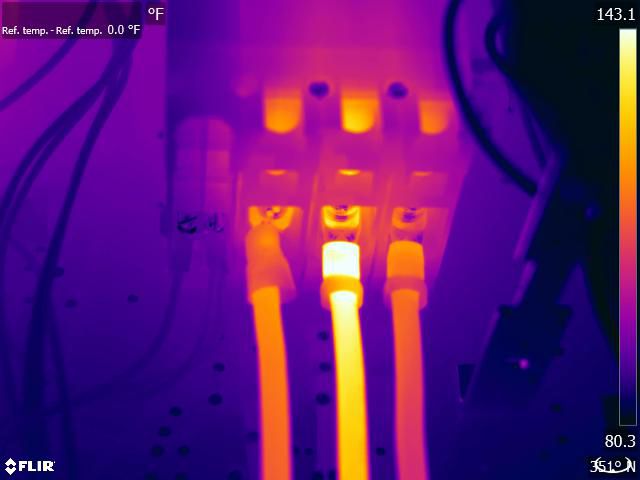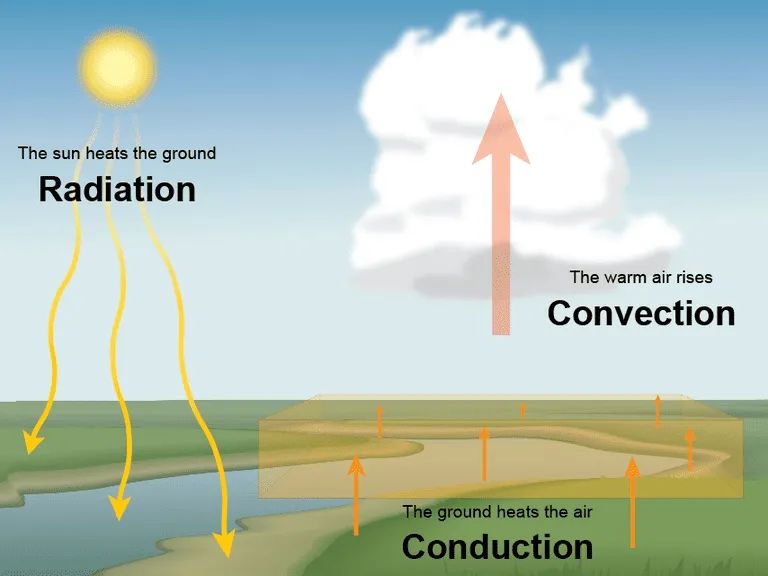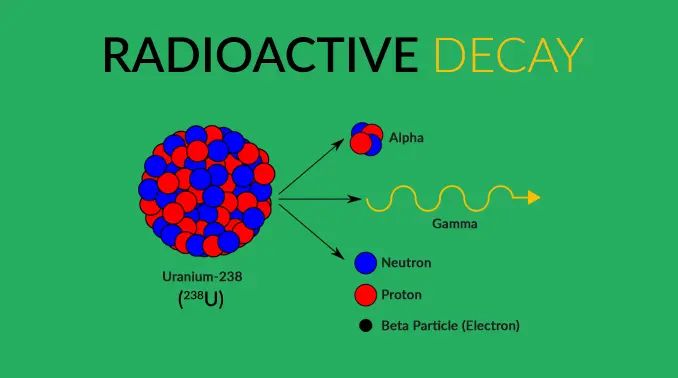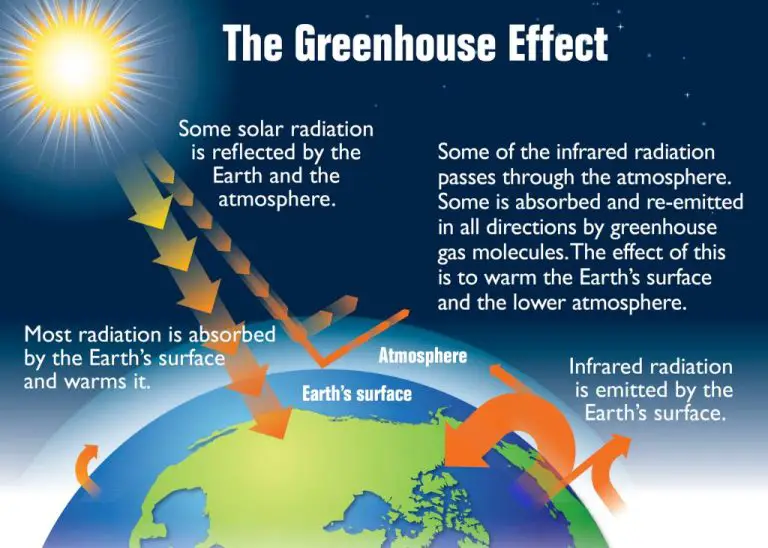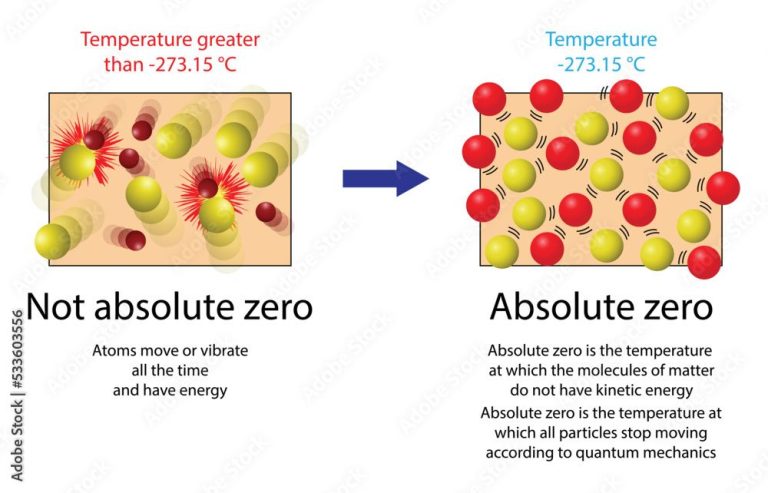How Is A Thermal Created?
What is a Thermal?
A thermal is a rising column of warm air that forms in the atmosphere due to uneven heating of the Earth’s surface. Thermals primarily form over land, where the sun heats the ground producing convection currents in the air above. The warmed, less dense air rises, creating an updraft that gliders, birds, and paragliders can ride to gain altitude.
There are two main types of thermals:
- Dry thermals form over land on sunny days when radiation from the sun warms the ground. As the air above the ground heats up, it becomes less dense than the surrounding air and rises upward, creating a rising column of warm air.
- Wet thermals, also called thermalling showers or “cloud suck”, form when moisture condenses into clouds and releases latent heat. This warms the air and fuels an updraft under cumulus clouds.
Thermals require certain environmental conditions to form and are most commonly found over flat terrain such as farmland or deserts, asphalt parking lots, freshly plowed fields, or grasslands. Mountainous areas and sloped terrain can also create lift when winds hit a slope or peak. The uneven heating of different surfaces generates thermals that can be ridden upward.
How Thermals Form
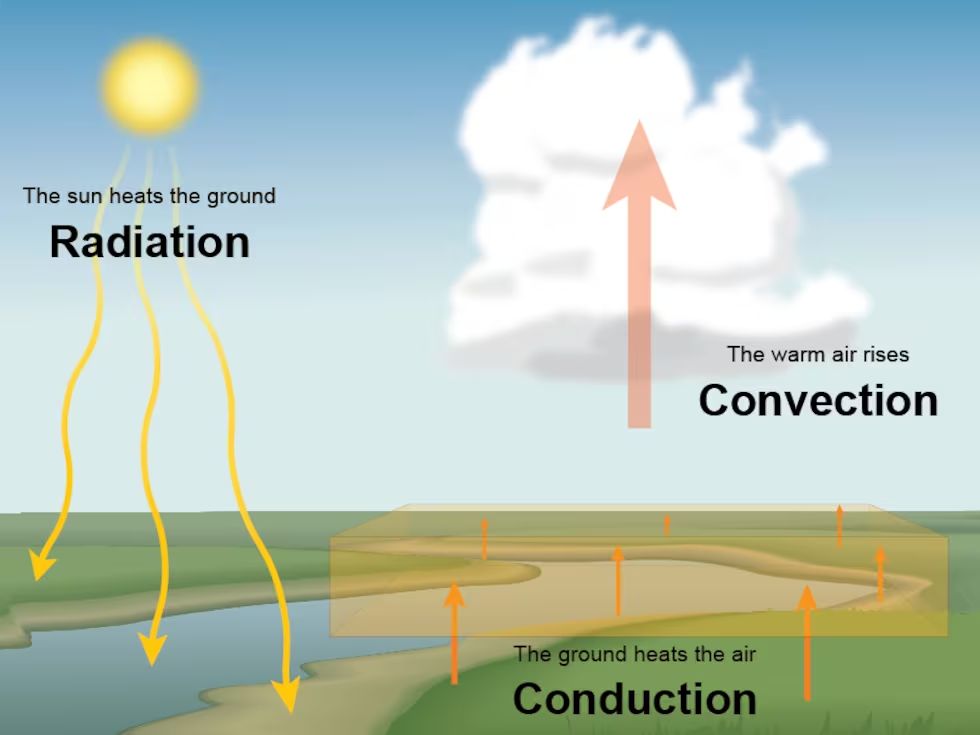
Thermals form due to uneven heating of the earth’s surface. The sun warms the ground, which in turn warms the air above it. However, the heating is not uniform. Areas with darker ground surfaces, like plowed fields or asphalt roads, absorb more heat than areas with lighter surfaces.
As the air is heated by the warmer surface below, it becomes less dense than the cooler air around it. This warmer, less dense air is buoyant and rises up, creating an upward motion. As it rises, it cools and sinks back down, which creates a circular motion of air called a thermal.
The warmer air continues to lift off the heated surface, perpetuating the cycle. The constant circulation from warm air rising, cooling, and sinking creates and sustains the updraft that forms the core of the thermal.
Stages of Thermal Development
Thermals go through four key stages during their development:
Trigger Stage
The trigger stage is when the thermal first begins to form. This is caused by uneven heating of the Earth’s surface. As the sun warms the ground, heat is transferred into the air above. However, if an area of ground absorbs more heat than the surrounding area, such as a plowed field next to a grassy meadow, the air above it will become warmer and less dense than the surrounding air.
Growth Stage
In the growth stage, the warm air over the heated area continues rising. As it rises, surrounding cooler air flows in to take its place. This self-perpetuating cycle allows the thermal to grow taller and stronger. More warm air from the surface feeds into the rising column of air.
Maturity Stage
Eventually the thermal reaches its maximum strength and size. This is known as the maturity stage. At this point, the thermal has a clearly defined, rising cylinder shape. The rate of rise matches the rate of air feeding into the base of the thermal from the heated surface.
Decay Stage
As the thermal moves away from the heat source or if the heat source cools, the thermal begins to weaken and dissipate. Without the rising warm air from the surface, the cycle of air feeding the thermal breaks down. Cooler air mixes in, causing the thermal to decay in strength and size until it completely dissipates.
Conditions for Thermal Formation
Thermals require specific conditions to form. The three key conditions are:
Sunny, hot day – The sun heating the ground is the energy source for thermals. Maximum solar heating occurs on clear, sunny days with a high sun angle. This leads to warm ground temperatures ideal for creating uplift.
Light winds – Strong winds will disrupt the vertical rise of air parcels before a thermal can fully develop. Light wind conditions allow bubbles of warm air to smoothly rise off the ground.
Dry ground – Moist soil and vegetation absorb more solar energy, resulting in less heat transfer to warm the air above. Dry ground heats up more efficiently, creating stronger thermals.
Thermal Structure
A thermal has a distinct internal structure. At the center of the thermal is a powerful updraft called the core. This is the rising column of warm air that gives the thermal its lift. Surrounding the core is a circular motion of air rotating horizontally around the updraft. This rotation occurs because the air at the edge of the thermal is dragged along with the rising core. Outside the rotating air is the downdraft region. Here the air is sinking down around the thermal. This forms the outer boundary between the rising thermal column and the surrounding environment.
The updraft core is the engine that drives the thermal upward. It contains the warmest, most buoyant air. This rising air is replenished from below as surface air continues to be heated. Surrounding this core, the rotating horizontal air provides dynamic lift and stability. The downdraft region outside the thermal creates a boundary that contains the thermal structure. The interaction between these elements sustains the thermal in the atmosphere.
Thermal Strength
The strength of a thermal refers to the vertical velocity inside the rising column of warm air. It is measured in knots, which is nautical miles per hour. Thermals are categorized as strong, moderate or light based on their velocity:
- Strong thermals – These have velocities of 300-600 feet per minute or 5-10 knots. They provide powerful lift for gliders and birds.
- Moderate thermals – These have velocities around 200-300 feet per minute or 3-5 knots. They provide decent lift for aviation and bird flight.
- Light thermals – These have velocities less than 200 feet per minute or 3 knots. They provide minimal lift and are often not usable for aviation purposes.
The strongest thermals, with velocities over 600 feet per minute or 10 knots, are often turbulent and risky for glider pilots to use. Moderate thermals in the 3-5 knot range are often optimal for smooth, controlled lift for gliders and birds.
Thermal Duration
Thermals can last anywhere from a few minutes to over an hour, depending on the conditions that led to their formation. In general, stronger thermals that form on hot, sunny days with minimal wind will last longer in the air. Weaker thermals that form when conditions are less ideal may only provide lift for gliders for a brief period before dissipating. The more unstable the air and the greater the temperature difference between the heated ground and the cooler air above it, the more vigorous and enduring the thermals will be.
As thermals rise and mix with surrounding air, they gradually lose their buoyant energy source and weaken. Eventually they will disintegrate altogether when they reach an altitude where there is no longer a temperature differential with the surrounding air. This altitude ceiling is known as the condensation level, where the rising thermal air condenses into clouds. Until they hit this boundary, thermals can provide lift for gliders, hang gliders, and birds for sustained periods when atmospheric conditions are right.
Thermal Locations
Thermals form in specific areas where conditions like uneven heating, upward airflow, and deflected wind are present. Some of the most common locations for thermals include:
Open Fields – Large open fields with low vegetation often heat up more than surrounding areas during the day. The lack of shade and upward heat radiation from the ground allows thermals to frequently form over open fields.
Paved Areas – Similarly, paved areas like parking lots, roads, and runways absorb and radiate heat, resulting in rising thermals on sunny days. The urban heat island effect enhances this in cities.
Mountain Slopes and Ridges – Sloping topography helps create uplift and deflected wind that gives rise to slope and ridge thermals. Sunny slopes heat up quickly, while shaded ridges provide extra lift. This makes mountainous areas reliable for thermals.
Uses of Thermals
Thermals have several important uses, especially for aviation and recreation.
One of the main uses of thermals is for glider and bird soaring. The rising column of warm air provides lift that allows gliders and birds to gain altitude and remain airborne without power. Skilled glider pilots can ride the updraft of thermals to achieve long distance and duration soaring flights. Birds like hawks, vultures, and eagles use thermals to reduce effort during flight and gain altitude to survey the ground for prey.
Hang gliding and paragliding also rely on thermals for gaining altitude and extending flight time. Thermals allow hang gliders and paragliders to takeoff from the ground and reach elevations of thousands of feet by soaring in the rising air. Pilots can “work” a thermal by circling within the column of warm, rising air to maximize lift.
Hot air balloons similarly require thermals and other wind patterns to provide lift and direction. Hot air balloon pilots use their understanding of forecasted thermals to determine launch locations and intended flight paths. The development of thermals on calm days creates the necessary conditions for hot air balloons to takeoff and land safely.
Beyond aviation, appreciation of thermals also contributes to activities like bird watching, meteorology, and glider competitions. Overall, the cyclic warming and rising of air parcels known as thermals remain an important and useful phenomenon for both humans and nature.
Interesting Facts About Thermals
Whether you’re an experienced glider pilot or just learning about thermals, some interesting facts stand out about these rising columns of air:
World Record Thermal Flight
In 2021, Swiss paraglider pilot Rafael Saladini set a new world record by riding a thermal updraft for over 4 hours straight, gaining an altitude of 12,000 meters (39,370 feet). This incredible flight shows the immense height and duration possible in a strong thermal.
Thermals on Other Planets
Thermals don’t just exist on Earth. On Mars, dust devils form as the sun warms the Martian surface, creating whirling columns of heated air and dust. Venus also has thermal-like updrafts, where air circulates due to the extreme surface temperatures. Thermals likely exist on other planetary bodies too.
Unique Thermal Characteristics
No two thermals are exactly alike. Subtle differences in terrain, vegetation, sunlight, wind, and other local factors make each thermal distinctive in shape, strength, diameter, and boundary structure. Experienced pilots learn to read and adapt to the unique nature of individual thermals.

